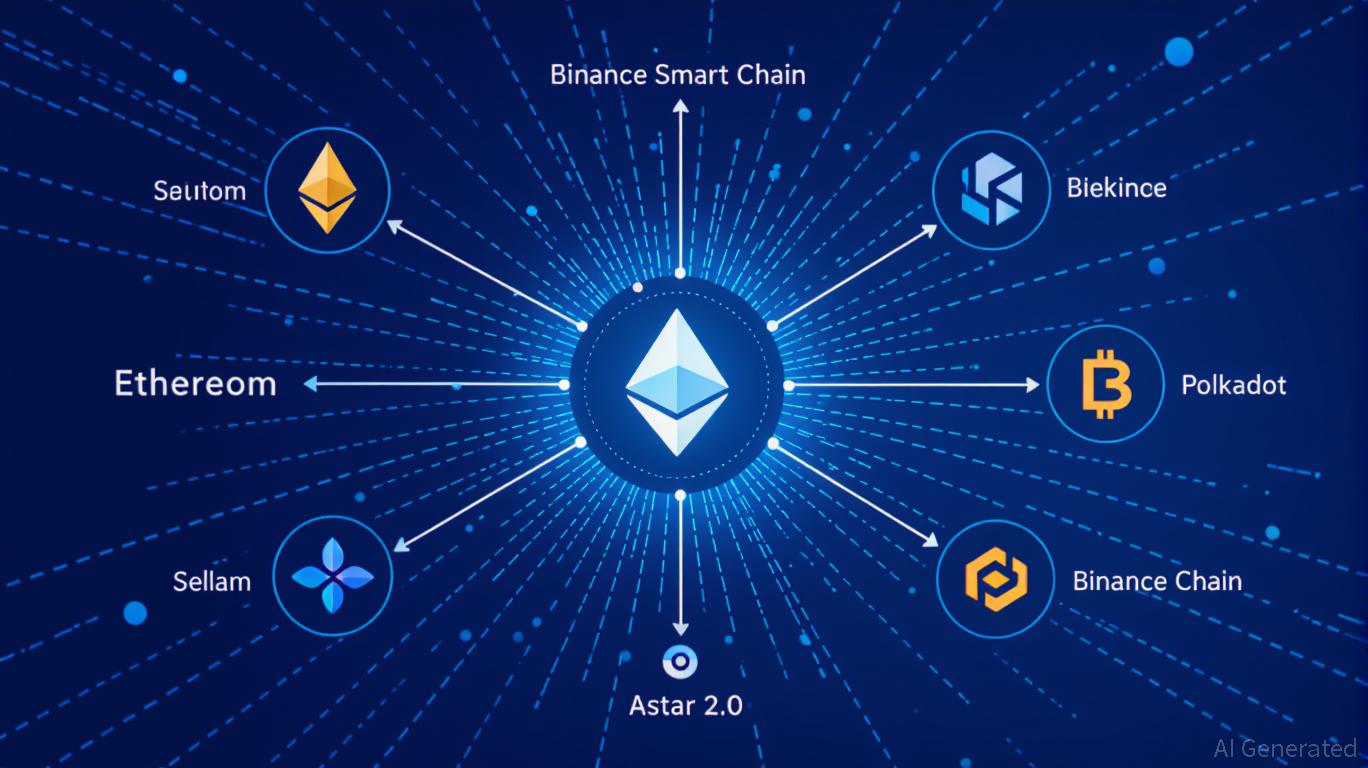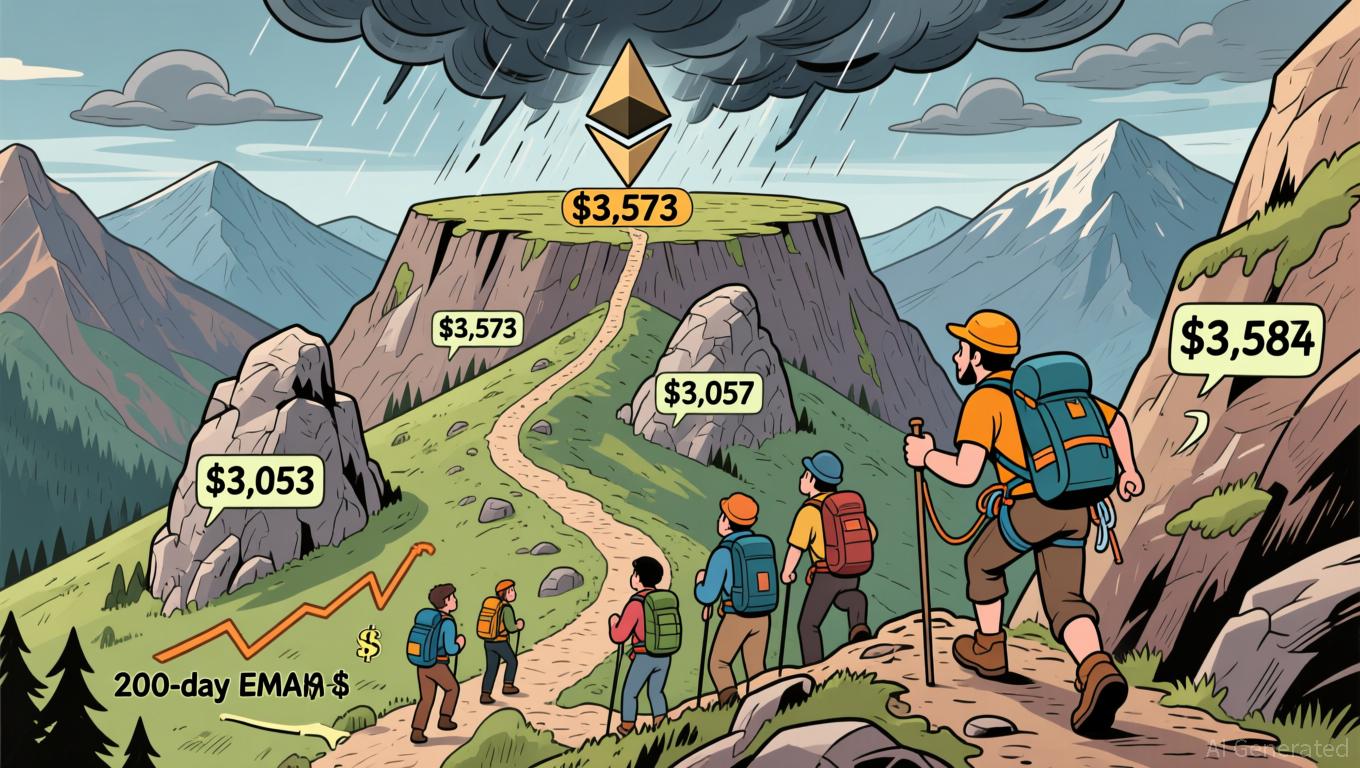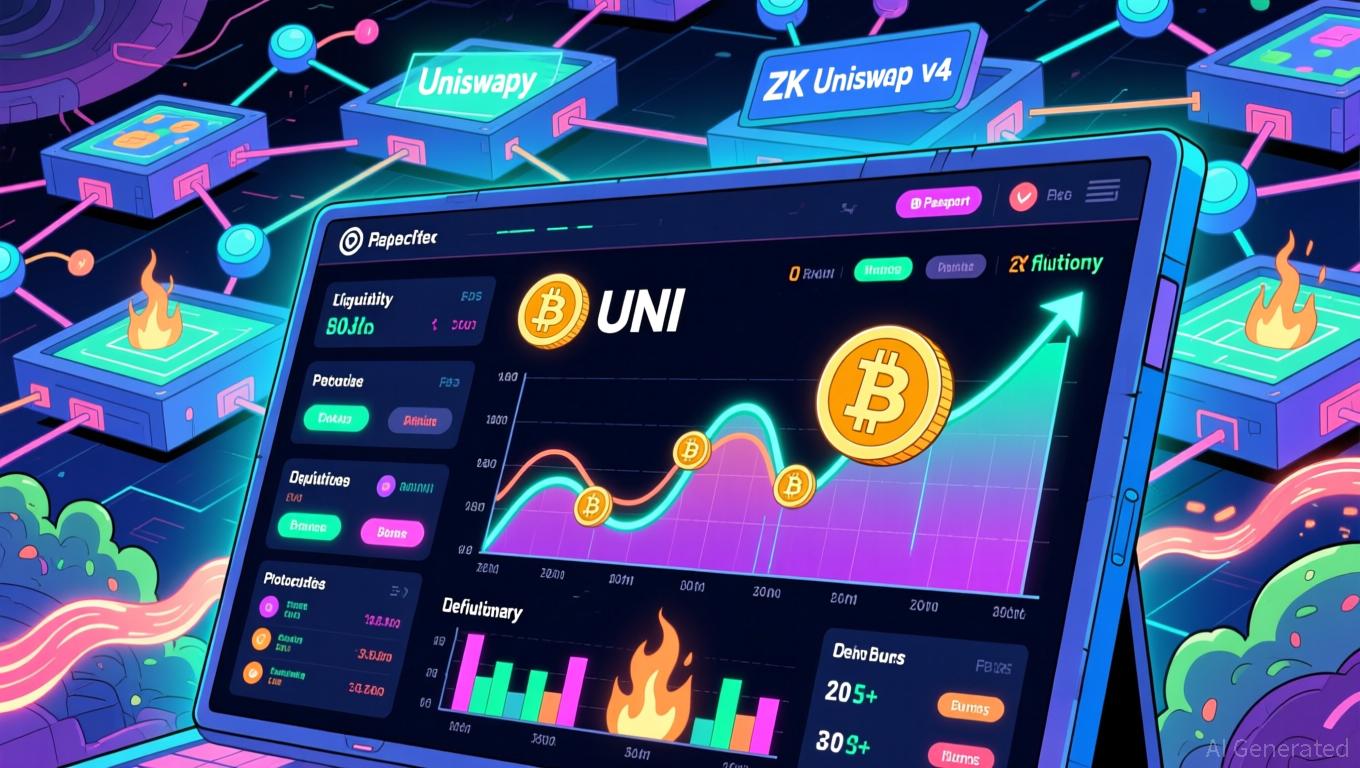Astar 2.0: Leading a New Generation of DeFi and Cross-Chain Advancements
- Astar 2.0 introduces a zkEVM mainnet and cross-chain interoperability, slashing gas fees and enabling 150,000 TPS with 2025 scalability goals. - Strategic partnerships with Mazda, Japan Airlines, and Sony demonstrate blockchain's real-world applications in logistics, loyalty programs, and digital asset tokenization. - Q3 2025 data shows $2.38M DeFi TVL growth and 20% active wallet increase, alongside a $3.16M institutional ASTR token acquisition. - The platform aims to solidify its role as a foundational
Technical Breakthroughs: zkEVM and Cross-Chain Scalability
The launch of a zero-knowledge Ethereum Virtual Machine (zkEVM) mainnet by Astar 2.0 represents a major evolution in DeFi infrastructure. Utilizing zero-knowledge proofs and rollup technology, the platform has significantly reduced gas costs and increased transaction throughput, making Ethereum-based services more accessible to both individual and institutional users
Astar’s capabilities in cross-chain operations further enhance its disruptive edge. The platform’s Astar Link framework incorporates protocols such as
Real-World Applications: From Automotive to Aviation
Astar 2.0’s collaborations with Japanese corporations showcase its ability to deliver real-world blockchain solutions. Mazda, for instance, is utilizing Astar’s hybrid blockchain to streamline supply chain management, using blockchain to monitor parts and minimize inefficiencies
Sony’s alliance with Astar further demonstrates this direction. By issuing digital assets on Astar’s network, Sony is opening up new monetization channels for creators and fans, aligning with the rising interest in NFT-driven platforms
Investor Implications: A Platform Poised for Growth
Astar’s technological progress and strategic moves are already yielding tangible results. In the third quarter of 2025, the platform’s DeFi total value locked (TVL) hit $2.38 million, outperforming the general downturn in the DeFi market

Challenges and the Road Ahead
Although Astar has gained significant traction, it still faces competition from ZK-rollup solutions and established Layer 2 networks. Nevertheless, its emphasis on security, regulatory compliance, and enterprise-level scalability—along with partnerships in sectors like logistics, aviation, and entertainment—gives it a distinctive advantage. Upcoming developments, such as the implementation of Coretime on Polkadot and Async Backing, are set to further decrease latency and enhance resource management,
Conclusion
Astar 2.0’s targeted upgrades and integration into real-world industries are transforming the DeFi and cross-chain environment. By solving issues related to scalability, interoperability, and institutional participation, the platform is not only overcoming technical barriers but also demonstrating blockchain’s practical value in traditional sectors. For investors, Astar stands out as a promising opportunity in a market with significant growth potential.
Disclaimer: The content of this article solely reflects the author's opinion and does not represent the platform in any capacity. This article is not intended to serve as a reference for making investment decisions.
You may also like
Bitcoin News Update: Crypto Market Finds "Fertile Ground" Post-Drop as Buyers Take in Capitulation Sales
- Bitcoin fell below $95,000 in late November 2025, triggering panic as the Fear & Greed Index hit a nine-month low of 10. - Waning institutional demand, macroeconomic uncertainty, and $600M in forced liquidations accelerated the selloff, with spot ETFs losing $1.1B in outflows. - XWIN Research warned the correction could persist until mid-2026 if key $92,000–$94,000 support levels fail, while 96 of top 100 cryptos declined. - Political tensions emerged after Trump pardoned Binance's Zhao, who received a $

Bitcoin News Update: "Institutions' Confidence or Meme Frenzy: Crypto Faces the $110,000 Turning Point"
- Bitcoin rebounds from $100k lows amid U.S. government reopening, with analysts eyeing $110k as potential target driven by regulatory clarity and ETF optimism. - MoonBull ($MOBU) emerges as high-risk speculative play, projecting 7,244% ROI through Ethereum-based tokenomics including liquidity locks and 2% holder reflections. - Market duality highlighted by institutional-grade BTC consolidation vs. community-driven meme tokens, with $MOBU's 23-stage presale raising $600k and 1,900+ holders. - Technical ind

Ethereum News Update: Ethereum’s Unsteady Recovery: Weighing Optimism Against Ongoing Downward Pressures
- Ethereum rose 2.36% to $3,533 on Nov 13, 2025, with $37B trading volume, showing a rebound from $3,373 lows amid crypto market volatility. - Technical analysis warns of fragile recovery, with key support at $3,053 holding but bearish signals from MACD and a broken upward channel. - Broader crypto pressure persists as Bitcoin and Ethereum ETFs face outflows, while macroeconomic uncertainties like U.S. government shutdown risks dampen institutional participation. - Analysts advise caution below the 200-day

Uniswap News Today: Uniswap's UNIfication Launches a New Era of DeFi Leadership for the Next Decade
- Uniswap's UNIfication proposal introduces protocol fees, token burns, and buybacks to transform UNI into a deflationary asset. - The plan drives UNI's 63% weekly price surge and allocates 0.3% trading volume to liquidity providers and buybacks. - Whale accumulation and $38M/month buyback projections signal strong market confidence in Uniswap's governance overhaul. - The proposal unifies Uniswap's ecosystem, introduces fee discounts, and launches CCA for institutional-grade liquidity infrastructure. - DeF
